Boarding School Mare de Déu de la Vallivana
A most extraordinary and steep location suggested that the disposition of the three parts of the building follow the contour lines of the site.
The three parts of the building are linked together by a system of exterior spaces with ramps, low walls and small plazas. Two narrow volumes house the classrooms, while the residential block, consisting of trapezoidal pieces threaded together by a crooked corridor, descends the slope in zigzag formation. The point of convergence of the circulation paths is the multipurpose space with bar joining the vestibules. Through the fragmentation and stepping of the volumes, two goals are achieved: the roof system becomes the fourth facade of the building, providing places of access and rest, and light and airy spaces are achieved in the interior, where one experiences the sensation of being suspended in a rural landscape.
The building repeats the movement of the town towards the best orientation. This twist on itself from the entrance level facilitates the placement of the classrooms and dormitories. Meanwhile, the common areas form the external limit of the building which follows the contours of the terrain. The roof works as the actual façade of the building, and here one becomes aware of how the building is a pathway and a hall.
Different levels of ramps, game courts, and lattices appear beneath the roof against the slope. The hall is echoed in the entrance patio. The access ramp, the construction on which the whole surface geometry is held up, leads off from here. This ramp sustains the excavation which the building will complete until it returns to the initial level. The form of working the design was to insist on the intermediate spaces: patios, overlapping apertures, forming complex units which seek a relationship with the landscape.
-

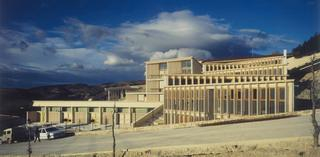
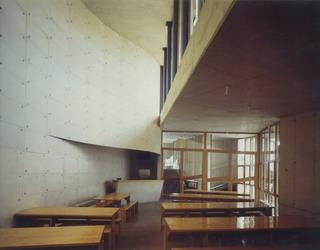
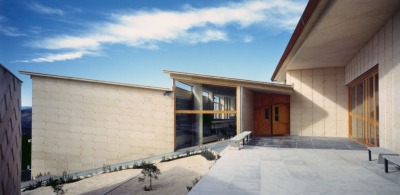
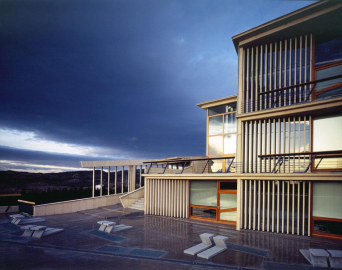
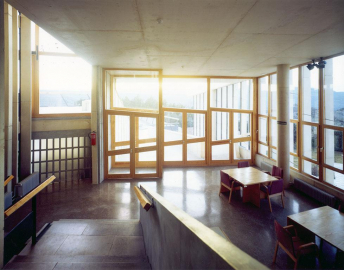
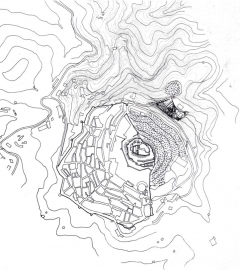 © Carme Pinós, Enric Miralles
© Carme Pinós, Enric Miralles
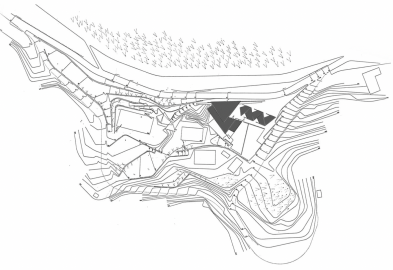 © Carme Pinós, Enric Miralles
© Carme Pinós, Enric Miralles
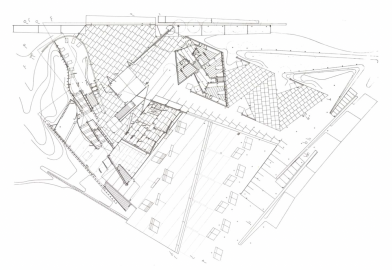 © Carme Pinós, Enric Miralles
© Carme Pinós, Enric Miralles